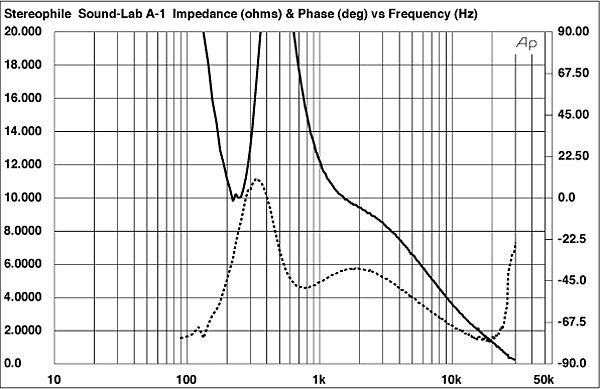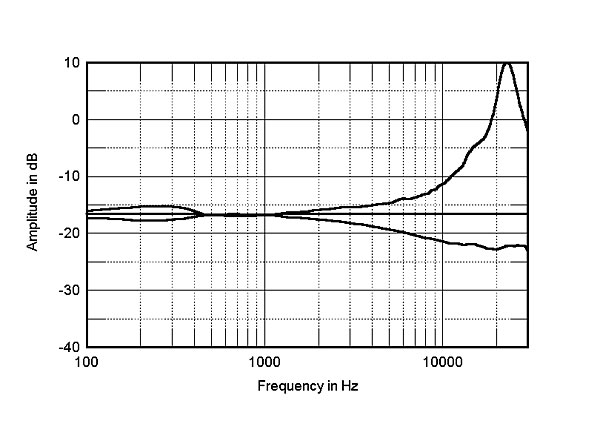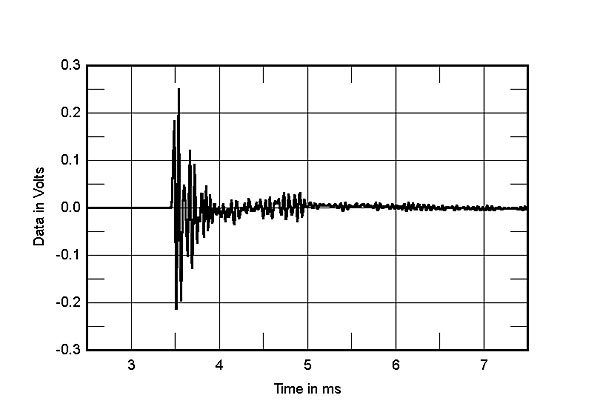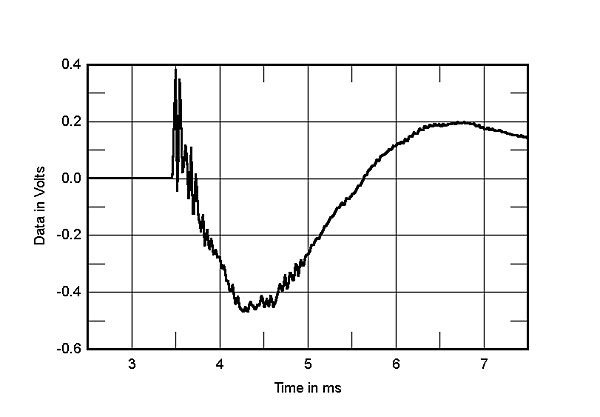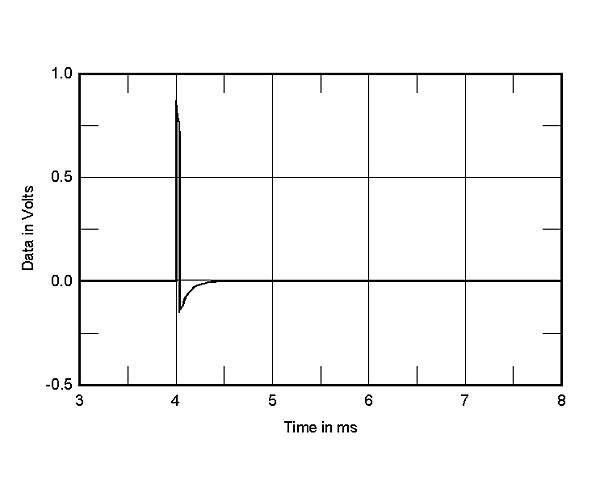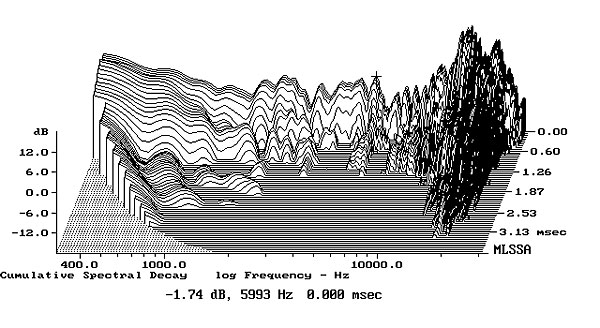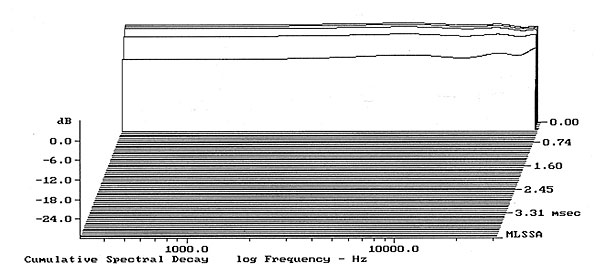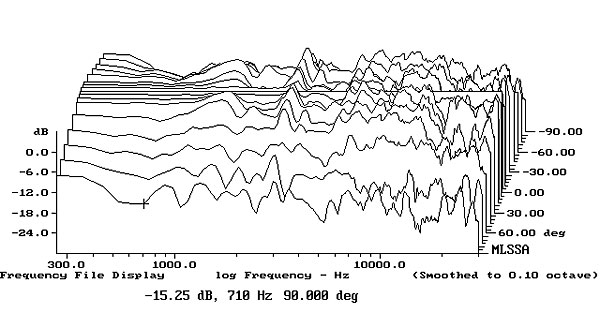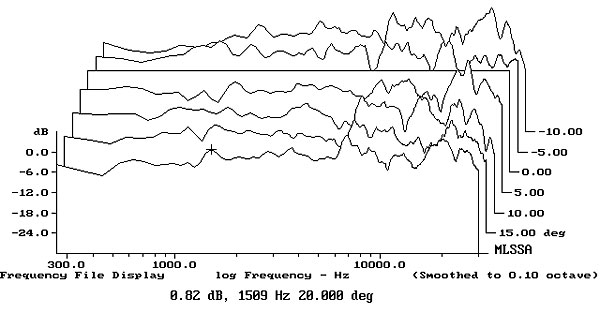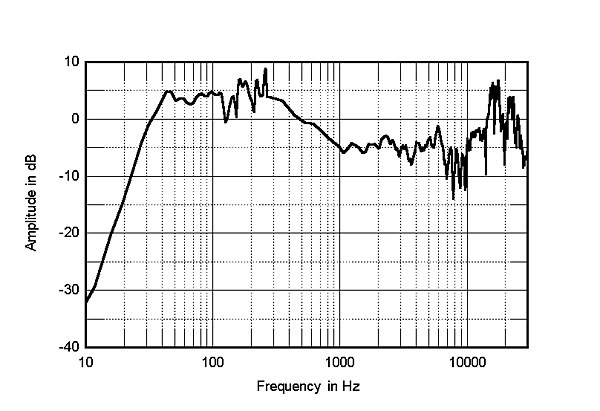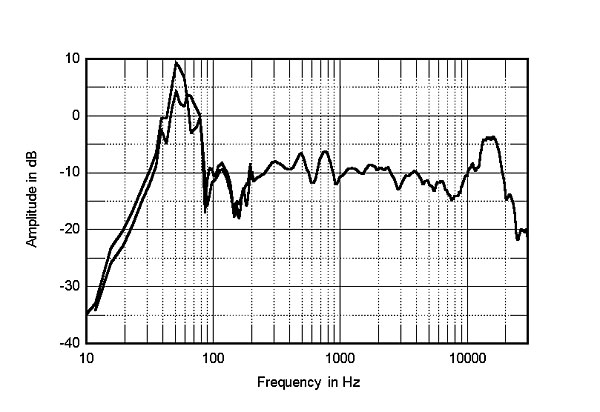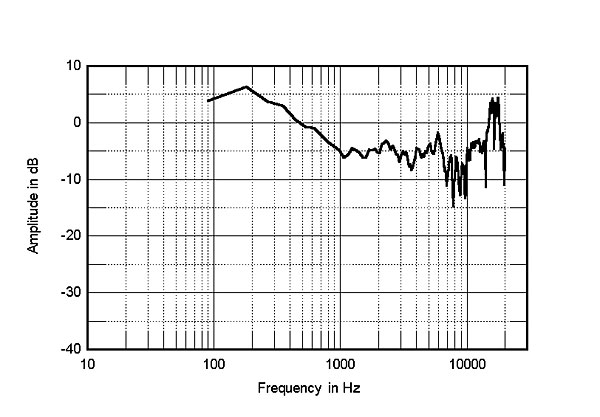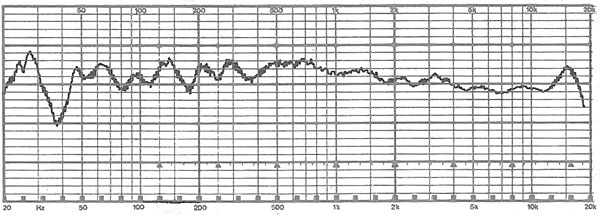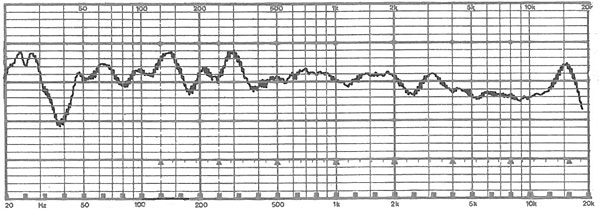| Columns Retired Columns & Blogs |
...issue I ever bought. I never forgot about the Mylar thickness issue. I remember saying to myself, "what if John hadn't tested the speaker?" There would have been a whole bunch of screwed up A-1's out there, probably to this day. That's what made me realize how important the testing of all equipment is. How often has equipment malfunctioned or been out of spec during Absolute Sound reviews without them even knowing. Obviously, having measured A-1's previously did help in this case.
